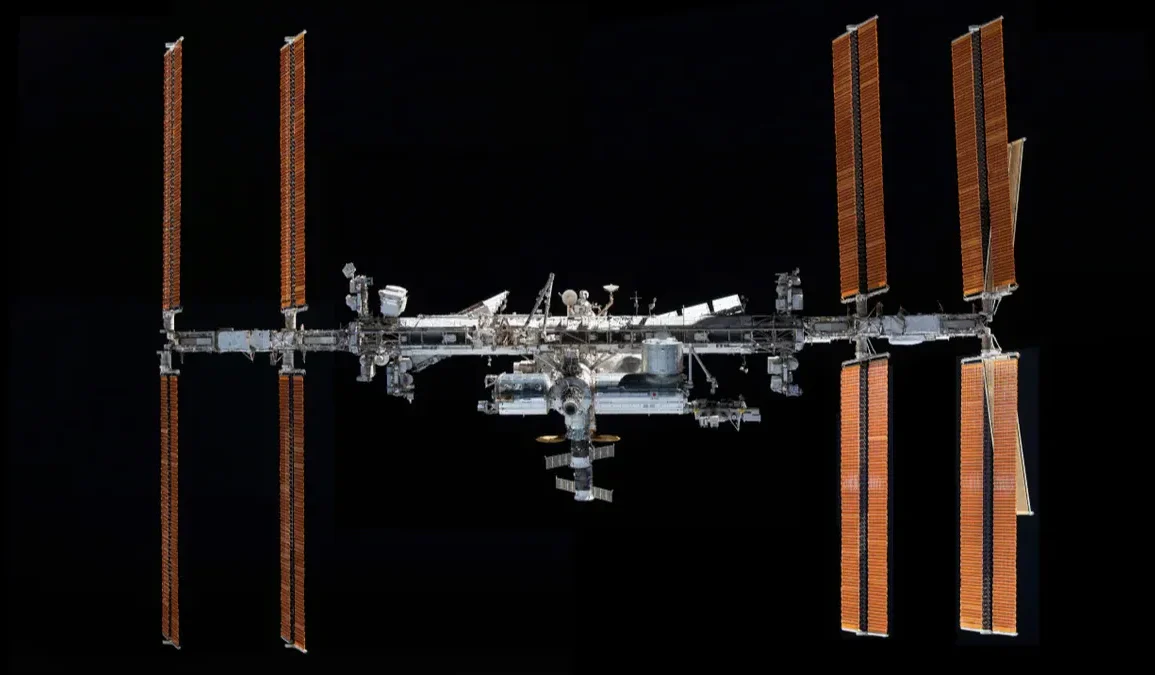On November 8, 2024, SpaceX’s Dragon spacecraft achieved a significant milestone by conducting an orbit-raising maneuver for the International Space Station (ISS). This maneuver, which lasted about 12.5 minutes, helped stabilize the ISS’s trajectory in low-Earth orbit.
Previously, such orbital boosts were performed by Russian spacecraft like Soyuz and Progress, but this marks the first time SpaceX’s Dragon has taken on this critical role. The boost is necessary to counteract the natural orbital decay of the ISS and prevent it from falling into Earth’s atmosphere.
The ISS, operational for nearly 25 years, requires regular reboosts to maintain its altitude. SpaceX’s 31st commercial resupply mission, launched on November 4, delivered a Dragon cargo vehicle to the ISS, which docked the following day. The data from Dragon’s reboot will contribute to future plans for the ISS’s deorbit vehicle, which SpaceX has been contracted by NASA to design. This vehicle will ensure the controlled reentry of the space station into the Pacific Ocean once it is decommissioned, likely after 2030.

The ISS’s retirement, projected for the end of this decade, comes as maintenance costs rise and technology ages. SpaceX’s involvement in maintaining the ISS’s orbit is part of a broader shift as NASA plans to transition to commercially operated space stations for research in low-Earth orbit after the ISS is retired. This shift will also free up funding for other NASA missions, such as those related to deep space exploration and the Artemis Program, which aims to return humans to the Moon.
SpaceX’s role in maintaining the ISS is especially significant given the current geopolitical context. Following the invasion of Ukraine by Russia in 2022, the U.S.-Russian partnership on the ISS was tested, though it continues. SpaceX’s ability to carry out reboost operations, along with its history of sending U.S. astronauts to the ISS aboard Crew Dragon since 2020, reduces American reliance on Russian spacecraft for station operations, increasing the U.S.’s independence in space.
While NASA remains committed to the ISS partnership with Russia through 2030, Russia has plans to launch its own space station by 2027. This reflects shifting priorities in global space exploration, with each country advancing its own initiatives. For NASA, SpaceX’s growing role in maintaining and eventually deorbiting the ISS marks a new phase in U.S. space capabilities, as the agency prepares for future missions beyond Earth’s orbit.

